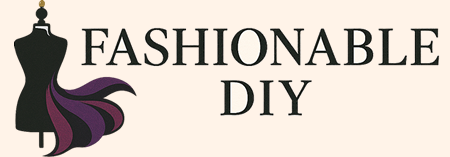Revamp Your Headbands: DIY Accessories for Every Season
Summer Brights and Beach Accents
Summer is the time to showcase bold, bright colors and beach-inspired themes. Headbands can feature vibrant hues like turquoise, sunny yellow, or coral. Adding beach elements such as small seashells or nautical stripes can accentuate a relaxed, seaside vibe.
Incorporating lightweight materials like cotton or terry cloth makes the headband suitable for hot, sunny days. These fabrics absorb moisture and keep the wearer cool. Summertime fashion celebrates lively patterns and textures that bring an energetic flair to outfits, making headbands both a practical and stylish choice for any beach outing or summer event.
Autumn Earth Tones and Textures
Autumn brings rich earth tones and textured designs to headbands. Colors like burnt orange, deep burgundy, and muted browns reflect the changing leaves and provide warmth in aesthetics. Fabrics such as suede or velvet add a tactile dimension, offering both comfort and a luxurious feel.
Textures play a significant role in fall fashion, incorporating elements like braided designs or woven details. These features enhance the headband’s visual interest and align it with the cozy, layered looks characteristic of the season. Such headbands can effortlessly complement both casual and more formal autumn attire, making them a versatile accessory choice.
Winter Warmer Fabrics
In winter, headbands designed with warmer fabrics become essential accessories. Materials like fleece, knit wool, or faux fur provide insulation against cold temperatures. These textiles not only keep the wearer warm but also add a rich, textured appearance to the accessory.
Dark hues such as navy, charcoal, and forest green offer a sophisticated look while maintaining the seasonal theme. Pairing these shades with knit fabric creates a headband that is both functional and fashionable. Winter styling often focuses on practical yet stylish solutions, and using such cozy materials ensures that headbands remain an attractive and practical complement to winter wardrobes.
Repurposing Old Garments into New Headbands
Creating headbands from old garments is a practical and creative way to refresh one’s wardrobe. Fabric scraps from shirts, dresses, or denim can be transformed into stylish accessories with just a few sewing supplies. This DIY project not only saves money but also reduces waste, giving new life to materials that might otherwise be discarded.
To begin, select garments that are no longer worn. Choosing items with vibrant patterns, unique textures, or interesting colors can lead to eye-catching designs. Cut the fabric into strips, ensuring they are long enough to wrap around the head comfortably. Stretchy materials like old T-shirts work well as they provide flexibility and a snug fit.
With the fabric strips ready, decide on a style—simple knots, braids, or twisted designs are popular choices. For a braided headband, three strips are needed. Simply braid them together, securing the ends with thread or glue. A twisted design can be achieved by folding a single strip in half and intertwining the ends before stitching them together.
Throughout the crafting process, there’s room to add personal touches. Incorporate embellishments like beads, buttons, or lace from the same old garments, providing a cohesive look. This approach to upcycling emphasizes resourcefulness and creativity, turning unused clothes into fashionable, functional accessories.
By repurposing old garments into headbands, individuals not only express personal style but also contribute to sustainable fashion practices. This method serves as an accessible entry point for anyone interested in DIY projects and offers endless possibilities for customizing one’s accessory collection.



